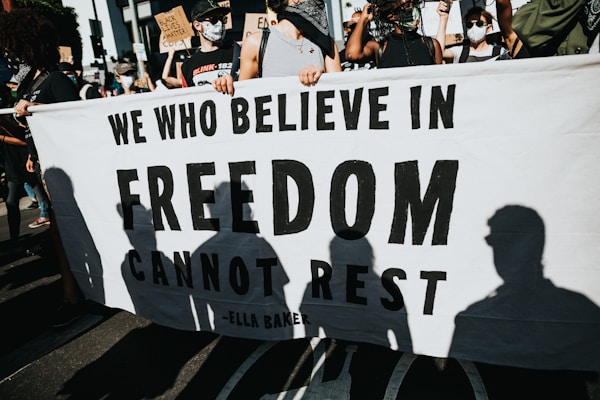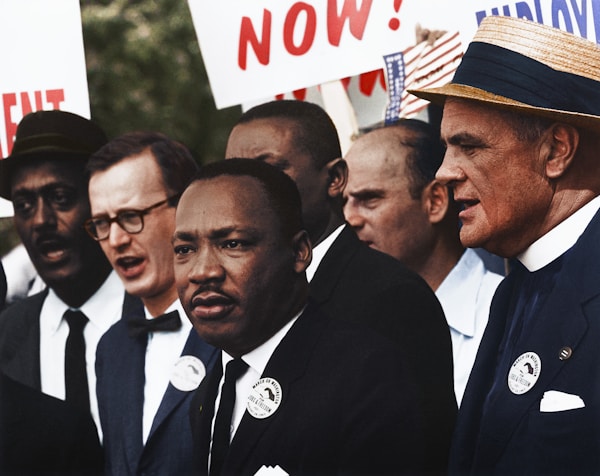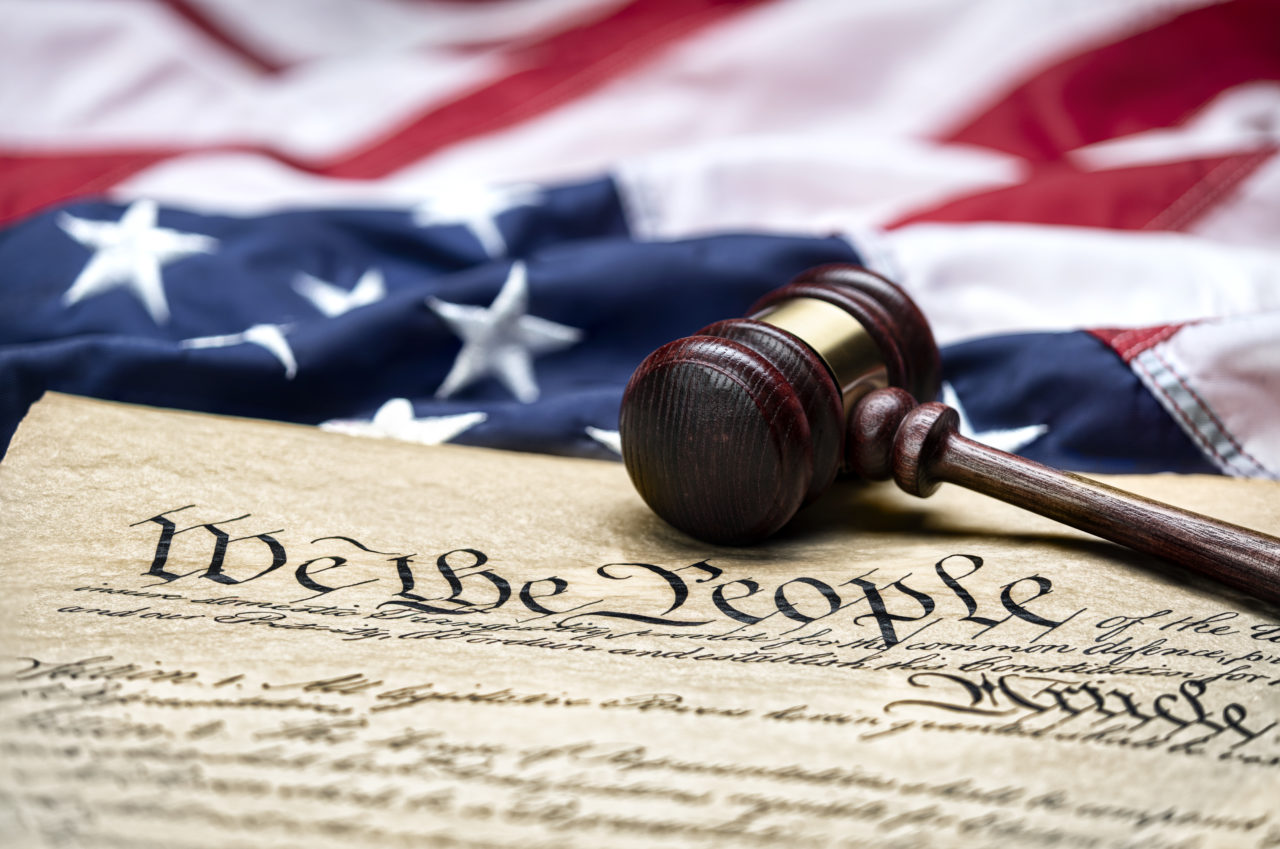The civil rights movement in the United States was a long, difficult struggle to obtain equal rights for all. The movement began in the late 1800s, when African Americans were first allowed to vote, and it continued through the mid-1900s, when the Civil Rights Act of 1964 was passed. The movement was a struggle for social justice that sought to end the discrimination and segregation of African Americans in the United States. Keep reading to learn more about the movement below.

Fighting for Economic and Social Justice

Since the early days of the United States, there has been a need to fight for economic and social justice. Despite the progress made during the civil rights movement, economic and social inequality has continued to persist in the US. Activism is necessary to create change and ensure that all people in the US have the opportunity to achieve economic and social justice. That’s why Andrew Stroth has dedicated his life to fighting for social justice as a civil rights lawyer. He has worked on many high-profile cases, including the police shooting of Laquan McDonald in Chicago. Stroth is also the co-founder of the Truth, Hope, and Justice Initiative, which shares the stories of families who are affected by police brutality. Stroth shares these stories in order to help advance social justice and racial equity in the United States. Below, you’ll learn more about the history of the fight for equality through US history.
The Montgomery Bus Boycott in 1955
The Montgomery Bus Boycott was a seminal event in the civil rights movement. It began on December 1st, 1955, and lasted for 381 days. The boycott was a response to the arrest of Rosa Parks, who was riding on a bus in Montgomery, Alabama. Parks was arrested for refusing to give up her seat to a white person. The boycott was led by Martin Luther King Jr., who had recently been appointed pastor of the Dexter Avenue Baptist Church in Montgomery. The boycott ended with the U.S. Supreme Court’s ruling in Browder v. Gayle, which declared that segregation on public buses was unconstitutional.
The Sit-in Movement in 1960
The sit-in movement was a powerful movement in the United States. It began on February 1st, 1960, when four black college students sat down at a segregated lunch counter in Greensboro, North Carolina. The students were refused service and arrested, but they had sparked a nationwide movement. By the end of 1960, there were sit-ins in over one hundred cities across the country. The sit-in movement was based on the idea of nonviolent resistance. Protesters would occupy public spaces such as restaurants, libraries, or parks until they were arrested or forcibly removed. This tactic was used to draw attention to the racial segregation and discrimination that African Americans faced every day. The success of the sit-in movement depended on its ability to mobilize large numbers of people quickly. Young people played a key role in organizing and participating in protests, and their energy and enthusiasm helped keep the momentum going. In some cases, local businesses responded to protests by desegregating their facilities voluntarily. However, most protesters faced violence and intimidation from white supremacists groups who wanted to maintain Jim Crow segregation laws.
Voting Rights Act of 1965

The Voting Rights Act of 1965 was a landmark piece of federal legislation in the United States that outlawed discriminatory voting practices that had been used to keep African Americans, Hispanics, Asian Americans, and Native Americans from exercising their right to vote. The act was signed into law by President Lyndon B. Johnson on August 6, 1965, and it went into effect two months later. The Voting Rights Act was introduced in Congress by Representative John Lewis of Georgia, who himself had experienced voter suppression when he tried to register to vote in Selma, Alabama, in 1963. The act’s main purpose was to prohibit state and local governments from using literacy tests, poll taxes, and other measures that had been used to disenfranchise minority voters. It also authorized the appointment of federal examiners to oversee elections in jurisdictions where voter discrimination was suspected. The Voting Rights Act has been amended several times since its enactment in 1965. The most significant amendment came in 1970, when Section 202 guaranteed the right to vote for citizens with disabilities. Another amendment, passed in 1975, extended the protections of the act to Native Americans. In 1982, Section 203 created language assistance programs for non-English-speaking voters. And finally, in 2006, Section 5 of the act was reauthorized for another 25 years by Congress after being ruled unconstitutional by the Supreme Court in 2005.
Overall, the history of the civil rights movement in the United States is an important part of the country’s history. The movement has helped to promote equality and justice for all Americans, and has made significant progress in the fight for rights.




